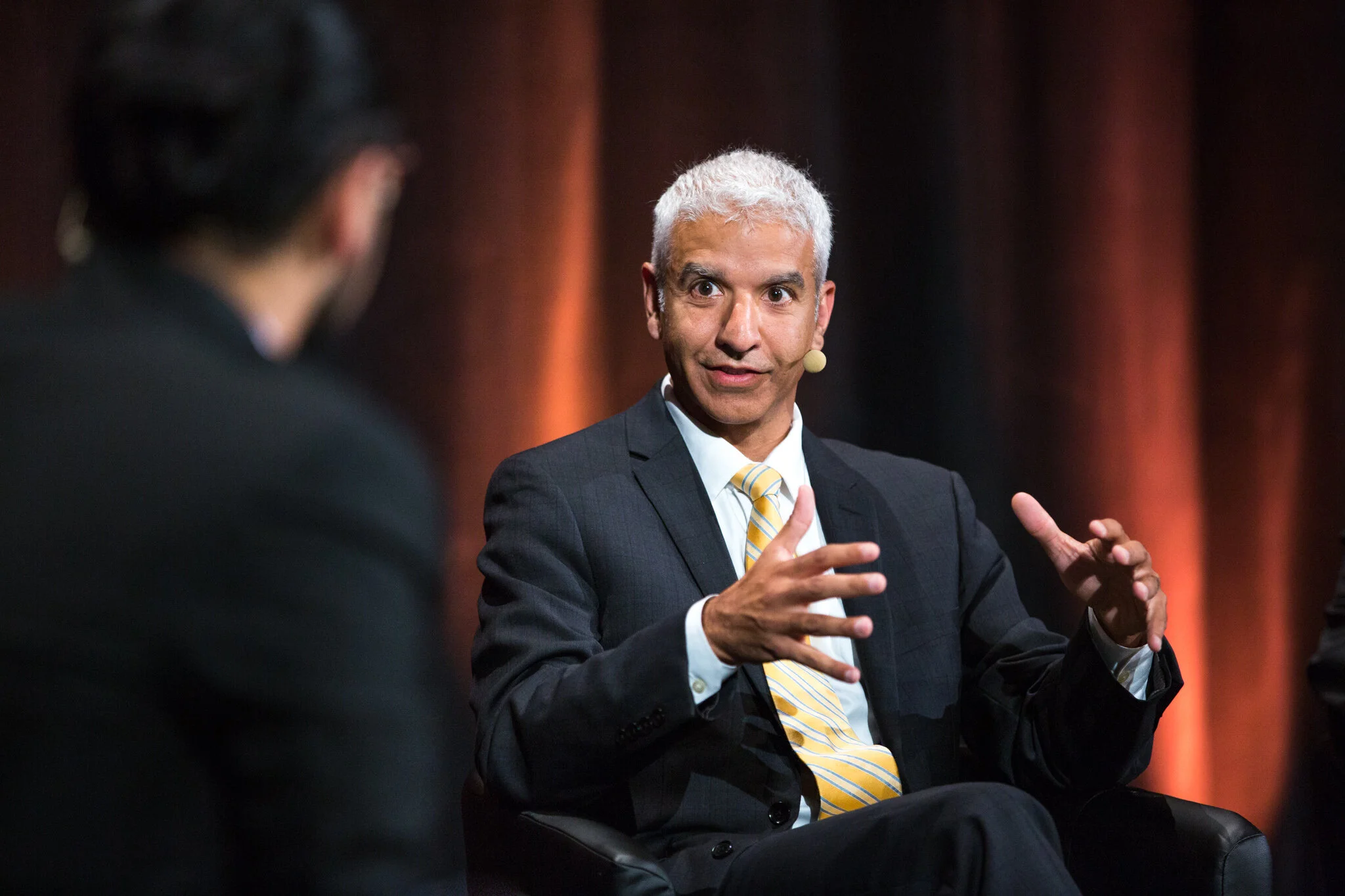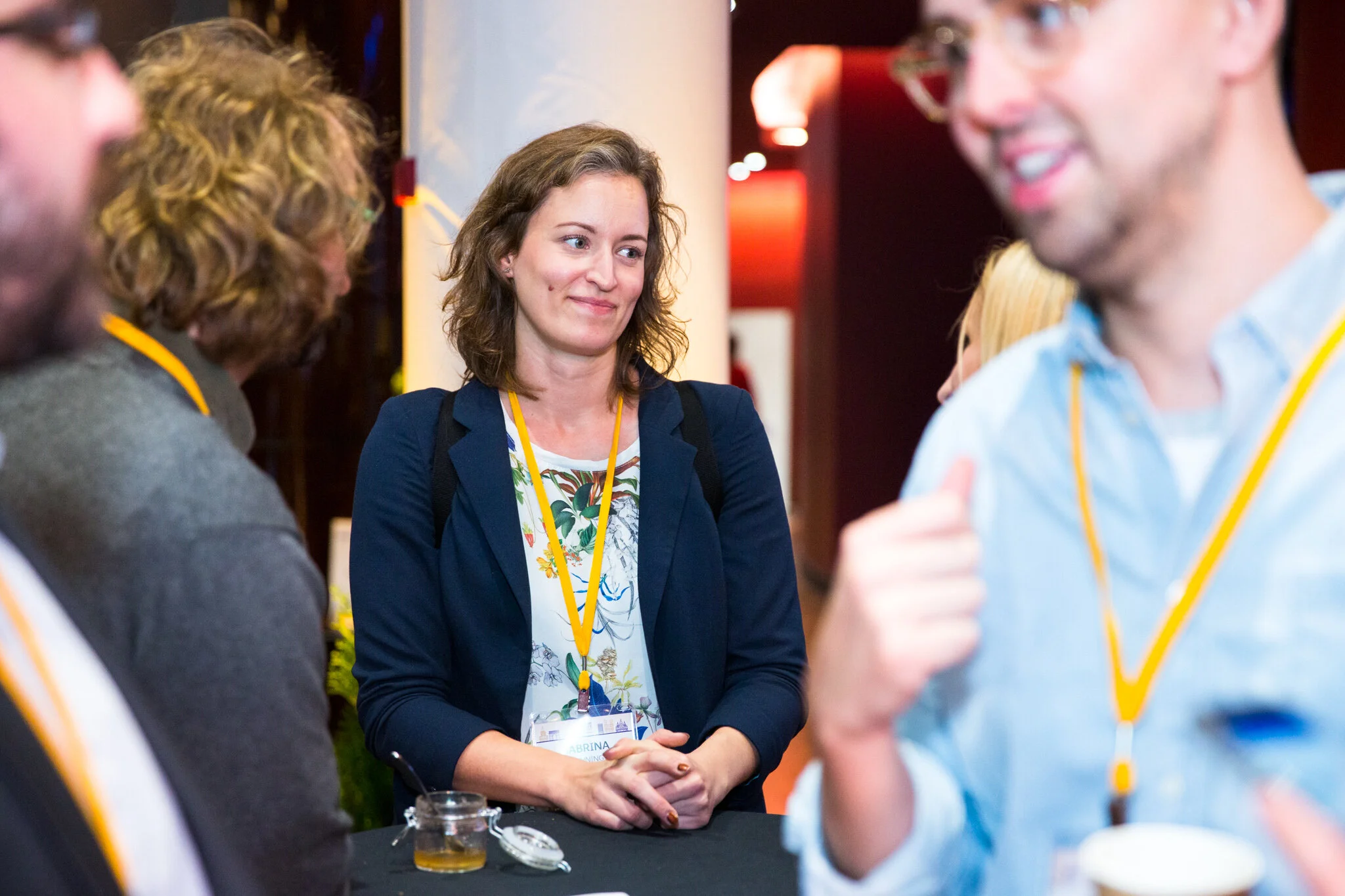In our fast-paced online world, corporate organisers and hosting companies are often anxious to both receive and publish their event footage as soon as possible, even requesting, on occasion, to receive the photographs immediately after the event. As such, the extent to which event photography - just like portrait, product, or any other professional photo genre - can dramatically benefit from retouch is often overlooked. Here I'll outline why this essential procedure really should not be skipped.
WHY EDITING IS SO IMPORTANT
It's Part of the Service
Just like all of the other elements that go into creating your images - the professional equipment, the photographer’s shooting time, the image selection etc - post-production is what you are paying for, so you should take advantage of it.
The Unpredictable Nature of Event Environments
Lighting conditions for on location assignments are often less than ideal and this is all the more so with events. This means that the out-of-camera result, whilst fully intentional, will very often appear less than satisfactory on its own. Even the most perfectly taken event photo will require retouching. There's no getting around it.
The Time-Consuming Selection Process
If you've requested to skip the retouch stage, then it's more than likely you've asked to receive all of the out-of-camera images taken. This means you'll also be skipping the photographer’s selection service, and taking on that task yourself. I can assure any client that cycling through, one-by-one, the entirety of an assignment catalogue would be:
Incredibly time-consuming
For any given task, photographers could take 5 - 10 times the amount of photographs that they’ll actually submit, and in the case for spontaneous photography (event reportage), where several exposures are almost always required to get each photograph, that amount will always be on the higher end.
Ineffective.
Unless you are going to review the images as a professional would - with dedicated software, verifying each image’s sharpness at 100% zoom - you will be selecting from smaller image previews, which will inevitably hide errors in quality and focus. This may be fine if you only intend to use the images as low-resolution references, but as you are investing in professional photography, I very much doubt that is the case…
Your Guests Want to Look Their Best!
Although any people retouch carried out on the hundreds or even thousands of event images will be nowhere near the level of that for the tens of images submitted for a dedicated portrait shoot, it will still have a significant impact on how guests will appear in the context of the event. In addition to any quick skin retouch that can be made, effective colour and exposure correction will help guests stand out and not fade into the background. Increasingly, the exposure an event receives is largely determined by how much interest it generates online, and guests are far more likely to share event photographs with their respective networks if they're happy with how they look.
Event Images Will Often Only Get One Chance to Make an Impact
Despite the months of planning they necessitate, in terms of post-event reach, even the most lavish, most intensely advertised corporate gather will be a short-lived affair. Attendees, especially regular participants to such occasions will rarely share or even look at event images twice, as they are all too often soon onto the next thing. Therefore, if you're thinking of sharing unretouched and then retouched images, I would advise against this, as the second submission will usually not get a second look. Even if it means waiting a little longer, share only the final, retouched images as first impressions are everything.
Think beyond the short-term promotion of the event itself
I approach every aspect of event reportage as I would with a PR assignment: providing the client with a catalogue of images that can be used in other contexts as part of the larger promotion of their company. Whilst a non-retouched image might be fine for social media, it won't be adequate if clients want photographs they can use in more important contexts. Being only too aware of the amount of time and expense that goes into the realisation of even a moderate-sized event, I want my clients to get the most out of all that they have invested.
Conclusion
The above is advice for the benefit of the images themselves, the promotion of the occasion, and, ultimately, your satisfaction as a client; everything will depend of course on your individual deadlines. Whilst Immediate image submission is normally only required for press articles and other photojournalistic purposes, providing a live update can be required for any type of media coverage. In light of the above, you simply have to weigh up how much you are really gaining by sharing half-finished visuals immediately as opposed to waiting a short amount of time and sharing completed photographs.
“WHAT IF I STILL REQUIRE THE PHOTOGRAPHS IMMEDIATELY?”
As there are always cases where, for various reasons, images must be submitted immediately, there are a number of solutions I can propose to so that you receive the images you need as fast as possible, whilst not compromising on the quality of the main submission. For further information, simply get in touch.









